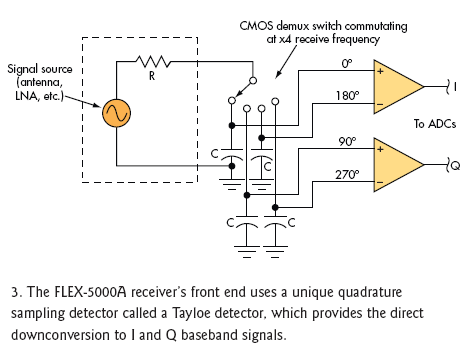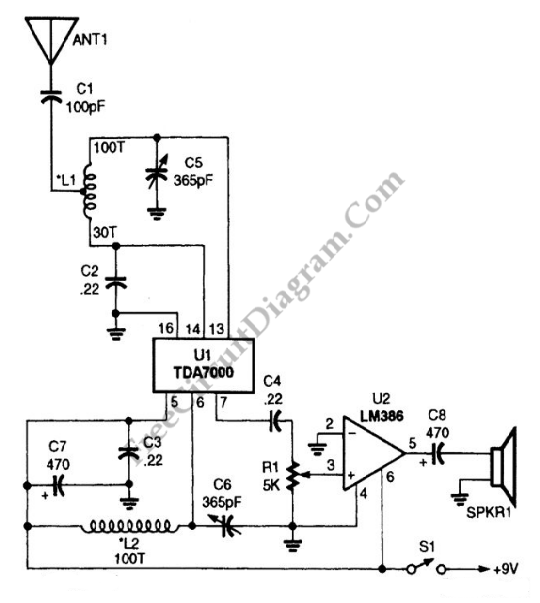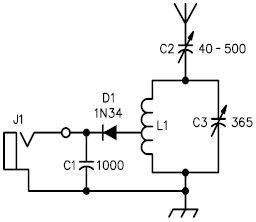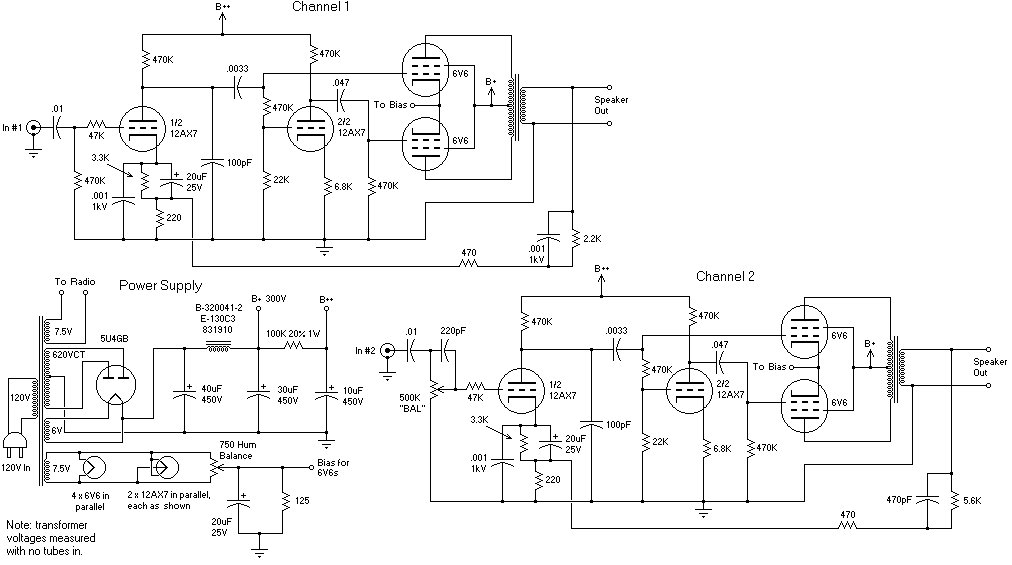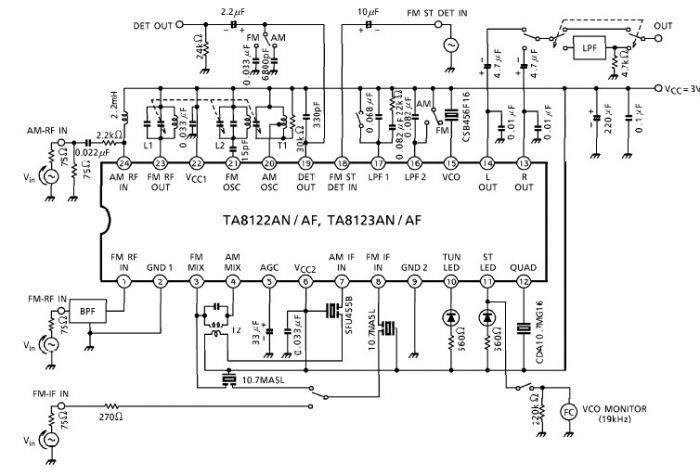
radio iphone dock
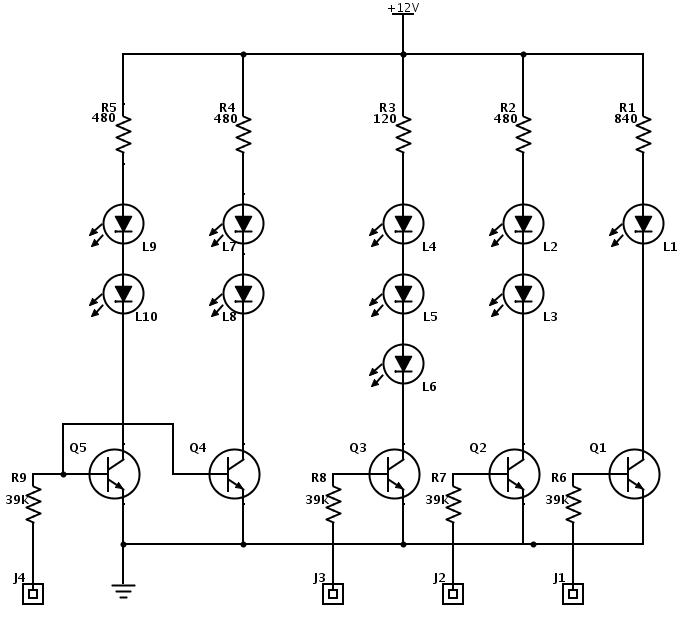
This electronics project involves modifying an old radio into an iPhone dock. Video and pictures are included to illustrate the entire process.
The project entails the conversion of a vintage radio device into a functional docking station for an iPhone. This modification requires careful consideration of the radio's internal components and the integration of an appropriate charging and audio transmission system.
To achieve this, the first step involves disassembling the old radio to access its internal circuitry. The original power supply may need to be adapted or replaced to accommodate the charging requirements of the iPhone, which typically requires a 5V power input. A suitable USB charging module can be incorporated into the design to provide the necessary voltage and current.
Next, audio connectivity must be established. This can be accomplished by integrating a Bluetooth audio receiver module, allowing for wireless audio streaming from the iPhone to the radio’s speakers. Alternatively, a direct audio connection can be created using a 3.5mm audio jack, which can be wired to the radio’s audio input circuitry.
The physical layout of the components is also crucial. The iPhone dock must be securely mounted to ensure stability while allowing easy access for the user. The original radio's aesthetic should be preserved as much as possible, maintaining its vintage look while incorporating modern functionality.
Finally, thorough testing is essential to ensure that both the charging and audio functions operate correctly. Safety precautions must be adhered to, particularly with regard to electrical connections and component ratings, to prevent damage to the iPhone or the radio.
Documentation of the entire modification process through video and photographs will serve as a valuable resource for others interested in similar projects, providing a clear visual guide to the steps involved in transforming an old radio into a contemporary iPhone dock.In this electronics project I am modifiying and old radio into an iPhone dock. Video and pictures included to show you the whole process.. 🔗 External reference
The project entails the conversion of a vintage radio device into a functional docking station for an iPhone. This modification requires careful consideration of the radio's internal components and the integration of an appropriate charging and audio transmission system.
To achieve this, the first step involves disassembling the old radio to access its internal circuitry. The original power supply may need to be adapted or replaced to accommodate the charging requirements of the iPhone, which typically requires a 5V power input. A suitable USB charging module can be incorporated into the design to provide the necessary voltage and current.
Next, audio connectivity must be established. This can be accomplished by integrating a Bluetooth audio receiver module, allowing for wireless audio streaming from the iPhone to the radio’s speakers. Alternatively, a direct audio connection can be created using a 3.5mm audio jack, which can be wired to the radio’s audio input circuitry.
The physical layout of the components is also crucial. The iPhone dock must be securely mounted to ensure stability while allowing easy access for the user. The original radio's aesthetic should be preserved as much as possible, maintaining its vintage look while incorporating modern functionality.
Finally, thorough testing is essential to ensure that both the charging and audio functions operate correctly. Safety precautions must be adhered to, particularly with regard to electrical connections and component ratings, to prevent damage to the iPhone or the radio.
Documentation of the entire modification process through video and photographs will serve as a valuable resource for others interested in similar projects, providing a clear visual guide to the steps involved in transforming an old radio into a contemporary iPhone dock.In this electronics project I am modifiying and old radio into an iPhone dock. Video and pictures included to show you the whole process.. 🔗 External reference
